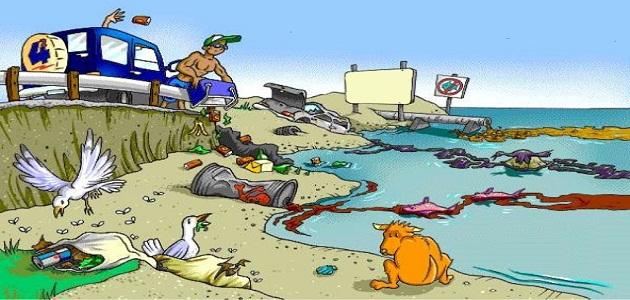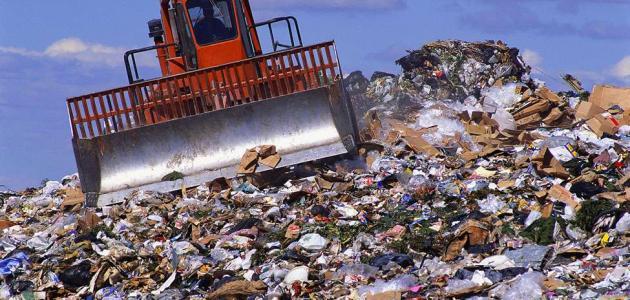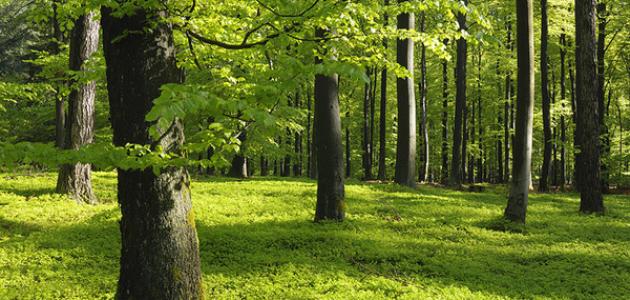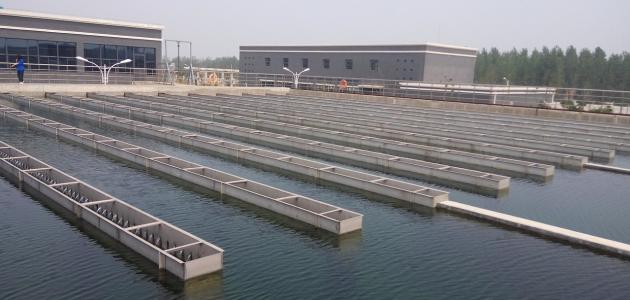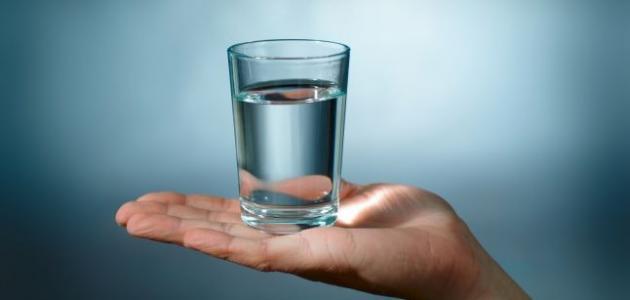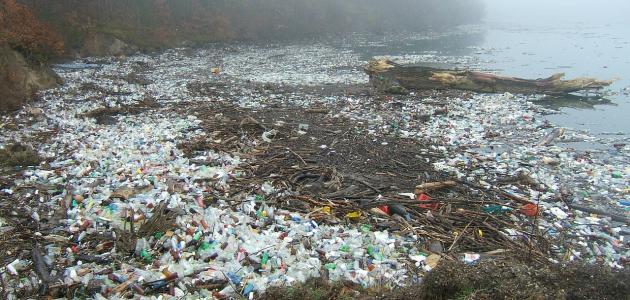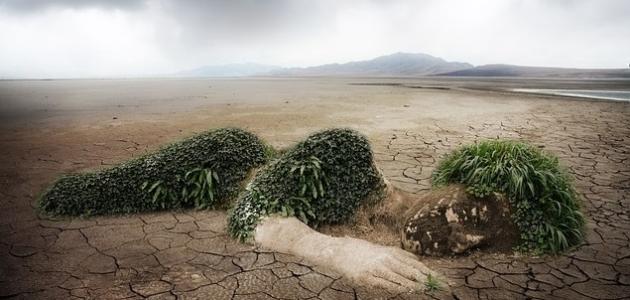sources of water pollution
Water pollution is defined as the presence of any physical, chemical, or biological (biological) substances in water in excessive quantities that may change its quality and harm living organisms. Unpolluted water is characterized by being colorless, odorless, and tasteless, while polluted water has a bad taste. Its smell is not good, and it may appear cloudy and foggy despite the presence of some pollutants that cannot be seen with the naked eye, such as insecticides and microorganisms that are transmitted by water and cause diseases. Polluted water should not be used for drinking, farming, bathing, or washing. Because pollutants present in water may negatively affect the human body in different ways depending on the type of pollutant and its concentration.
There are many types of pollutants, the most famous and common of which are acids that reach sewage through mines, and those transported through running agricultural water, wastewater, and dredging operations.* Water pollutants are classified based on the way they enter the water. The environment is divided into point-source pollutants and non-point-source pollutants.
Stationary sources of water pollution
The source of pollution can be classified as a point source when the pollutant reaches the water from a specific source or from a source that can be easily identified, such as the pollution resulting from a perforated pipe or tank, or waste and factory waste dumped in the water, according to the US Environmental Protection Agency (in English: US Environmental Protection Agency (EPA) defines point source pollution as any single, identifiable source that leads to pollutants reaching water, such as:
Read also:Some properties of air and its components- Waste generated by factories; Such as oil refineries, paper mills, automobile factories, chemical factories, food factories, and pharmaceutical factories. The most important of these pollutants are:
- Oils.
- thermal pollutants.
- Toxic chemicals.
- Heavy metals.
- Medicine waste.
- Pollutants resulting from wastewater treatment plants and sewage discharge, the most important of which are:
- bacteria.
- harmful nutrients.
Non-point sources of water pollution
Nonpoint sources of pollution generally result from several sources; Such as: running surface water, rainfall, water drainage or leakage, or melting snow, etc. Polluted water from non-point sources is that which resulted from multiple and widespread sources, unlike polluted water from fixed sources, as water is carried as it flows over the surface. Many pollutants, natural or man-made, end up in rivers, lakes, seas, coastal waters, wetlands, or groundwater.
Many countries indicate that water pollution resulting from non-point sources is one of the main causes of water quality problems. The problem with these sources is that they are variable and sometimes difficult to identify. These pollutants have a negative impact on drinking water sources and those used for recreation. They also Harmful to fish and wildlife.
Read also:Waste RecyclingThere are many non-point source pollutants that may affect various water sources, the most famous of which are:
- Toxic pollutants: They include heavy metals such as mercury, lead, and cadmium, organic substances such as polychlorinated biphenyls, polycyclic aromatic hydrocarbons, fire retardants such as polybrominated diphenyl ethers, and estrogenic substances such as diphenyl ethers. Dichlorodiphenyl Tri-chloroethane: These substances are resistant to decomposition and disintegration, and threaten human health and aquatic organisms. As for the sources of these pollutants, they are: fossil fuel combustion plants, pesticides, industrial waste, oil spills, and emissions. Vehicles.
- Sediments: It results from the erosion of soil or sand at construction sites, agricultural areas and fields, or river banks. It may destroy water sources and constitute a source of transfer of harmful pollutants.
- Nutrients: It is a group of substances necessary for plant growth, such as phosphorus and nitrogen, but their presence in larger quantities than necessary in drinking water contaminates it, and leads to stimulating the growth of aquatic plants in excess of need, and a decrease in the amount of dissolved oxygen in the water. These substances may reach the water through animal waste. , fertilizers, and broken sewage systems.
- Pathogens: It includes disease-causing bacteria and viruses, which may lead to contamination of drinking water and thus threaten the health of humans and living organisms. The most important sources of pathogens are: leakage from septic tanks, defective sewage pipes, and animal feeders (the container in which animal feed is placed).
- Debris: It means garbage and plastic materials that threaten marine life and reduce the aesthetics of places and their recreational purpose. There are many sources of garbage and debris, including: dumping illegal waste in landfills, waste dumped in the streets and on beaches, in addition to waste thrown from boats.
- Heat stress: It means an increase in water temperature, which is harmful to local species and helps the growth of non-native organisms. The most prominent sources of heat stress are: surface runoff on surfaces that do not absorb heat, such as sidewalks, and the removal of vegetation from river banks.
- Other pollutants: These include fertilizers, pesticides, and herbicides, which may be used in larger quantities than necessary on agricultural lands or residential areas. They also include salts resulting from irrigation of agricultural lands, and acids that reach sewage from mines.
���������������������������������������
Read also:Research on preserving the environment- Dredging: The process of removing silt and sediments from the bottom of lakes, rivers, and all water bodies, to facilitate the movement of ships and boats in waterways.
